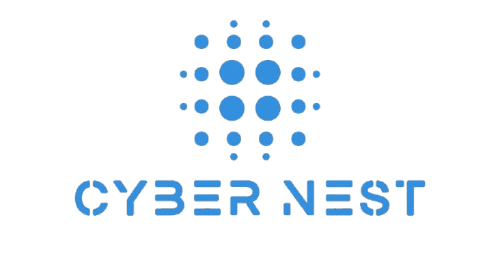
Your Action Guide to Smarter AWS Cloud Management
Managing AWS isn’t just about spinning up instances—it’s about ensuring every resource is secure, cost-efficient, and aligned with business goals. Overspending and misconfigurations are common, but they’re avoidable with the right framework.
This 15-point checklist gives IT leaders and DevOps teams a structured approach to optimizing AWS cloud management services across cost, performance, security, and compliance.
Cost Optimization
- Identify Idle Resources
- Scan for unused EC2 instances, unattached EBS volumes, and orphaned snapshots.
- Use AWS Trusted Advisor and Cost Explorer to flag waste.
- Right-Size Instances
- Match workloads to the correct instance family and size.
- Leverage AWS Compute Optimizer recommendations.
- Leverage Reserved Instances & Savings Plans
- Commit predictable workloads to 1–3 year Reserved Instances (RIs).
- Use Savings Plans for flexibility across instance types.
- Optimize Storage Tiers
- Move infrequently accessed data from S3 Standard to S3 Infrequent Access or Glacier.
- Use lifecycle policies to automate archival.
- Consolidate Billing Across Accounts
- Apply AWS Organizations to combine billing and gain enterprise-wide cost visibility.
Performance Optimization
- Enable Auto Scaling
- Configure EC2 Auto Scaling groups to handle demand spikes automatically.
- Avoid paying for unused capacity.
- Use Load Balancing
- Distribute traffic with Elastic Load Balancing (ELB).
- Monitor latency and optimize for end-user experience.
- Implement Caching
- Use Amazon CloudFront and Elasticache to speed up application performance.
- Reduce unnecessary load on databases and servers.
- Optimize Database Performance
- Right-size RDS and DynamoDB workloads.
- Enable Read Replicas for high-demand queries.
- Leverage Monitoring & Alerts
- Configure Amazon CloudWatch for performance baselines.
- Set automated alerts for unusual spikes or resource bottlenecks.
Security & Compliance
- Enforce IAM Best Practices
- Follow least-privilege access policies.
- Regularly audit IAM roles, users, and groups.
- Enable Encryption Everywhere
- Apply KMS-managed encryption for data at rest.
- Ensure TLS/SSL for data in transit.
- Enable Logging & Auditing
- Use AWS CloudTrail and Config to log changes and track compliance.
- Store logs securely with restricted access.
- Continuous Vulnerability Scanning
- Integrate scanning tools for EC2, containers, and serverless workloads.
- Prioritize and remediate vulnerabilities before they’re exploited.
- Disaster Recovery & Backup Readiness
- Automate backups for RDS, DynamoDB, and EBS volumes.
- Test multi-region high availability (HA) and recovery plans regularly.
Final Takeaway
AWS optimization isn’t a one-time project—it’s an ongoing process. By following this 15-point checklist, organizations can reduce costs, improve performance, and strengthen their cloud security posture.
Start small: pick 3 checklist items to implement this week, then build toward continuous AWS optimization.
